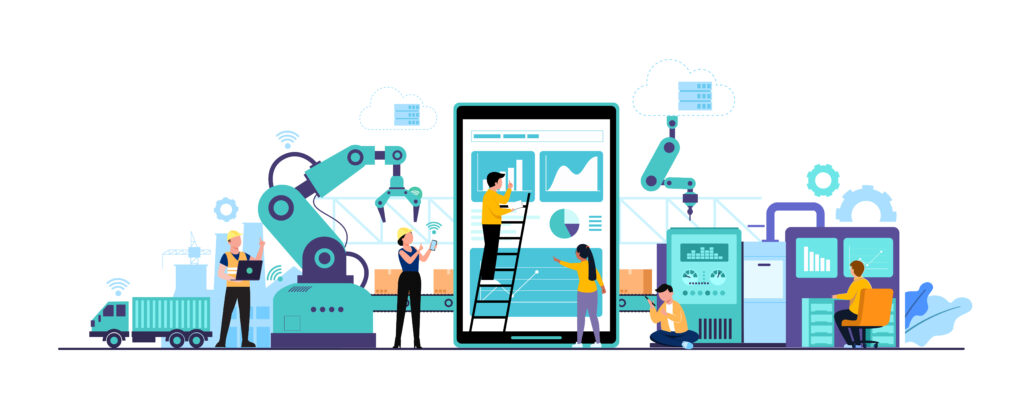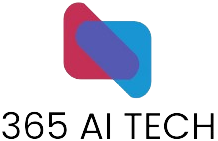The year 2024 promises to be another groundbreaking year for artificial intelligence (AI) automation. Advancements in this technology are happening at breakneck speed, presenting incredible opportunities and challenges for businesses across all industries. By exploring the top trends driving AI automation in 2024, we can gain valuable insights into its transformative impact and prepare ourselves for the future it shapes.
Enhanced Customer Experience Through Personalization
In 2024, businesses will leverage AI to create hyper-personalized customer experiences that foster loyalty and drive growth.
- Hyper-Personalized Recommendations: AI algorithms will analyze vast amounts of customer data, including past purchases, browsing behavior, and demographics, to deliver highly targeted product recommendations. Imagine customers receiving suggestions that perfectly align with their unique preferences and needs, creating a sense of genuine understanding and care.
- Conversational AI for Effective Customer Support: Chatbots powered by AI will become even more sophisticated, integrating natural language processing (NLP) advancements to understand customer inquiries and provide seamless support. This technology can handle simple queries, freeing human agents for complex issues, ultimately reducing wait times and improving customer satisfaction.
- Adaptive User Interfaces: User interfaces will adapt to individual user preferences and habits, creating more intuitive and enjoyable experiences. Predictive analytics will anticipate user needs, pre-populating information or suggesting actions for a more streamlined interaction. Imagine websites and apps that feel custom-built for each user, enhancing engagement and loyalty.
Intelligent Automation in Industries:

AI automation will spread its wings across various industries, optimizing processes, boosting efficiency, and driving innovation.
- Healthcare Revolution through AI: AI-assisted diagnosis and treatment planning will become more prevalent in healthcare. Imagine AI algorithms analyzing medical scans and patient data to provide accurate diagnoses and suggest personalized treatment options, empowering healthcare professionals to deliver better care.
- AI-Driven Supply Chain Optimization: Predictive analytics and AI algorithms will revolutionize supply chain management. Businesses will optimize inventory levels, streamline logistics through intelligent route planning and demand forecasting, and leverage data-driven insights to make informed decisions, leading to reduced costs and improved efficiency.
- Smart Manufacturing and Robotics: Repetitive tasks in manufacturing will be increasingly automated using AI-powered systems. Collaborative robots (cobots) will work alongside human workers, performing tasks and providing real-time assistance. Additionally, AI-powered sensors will monitor equipment for predictive maintenance, minimizing downtime and ensuring smooth production processes.
Ethical Considerations and Responsible AI:

As AI becomes more powerful, ensuring its ethical and responsible use is paramount.
- Ensuring Fairness and Bias-Free AI Systems: Addressing bias in AI development and deployment will be crucial. Businesses must carefully examine their data and algorithms to avoid perpetuating inequalities or discriminatory practices. Transparency and accountability in AI development are essential to build trust and ensure fairness for all.
- Transparent and Explainable AI: Explainable AI (XAI) algorithms will gain traction, providing insights into how AI systems arrive at their decisions. This transparency helps build trust and allows for human oversight, ensuring responsible AI usage. Regulatory frameworks and ethical guidelines will also play a vital role in ensuring the responsible development and deployment of AI.
- AI and Job Displacement Concerns: The potential impact of AI on the workforce needs careful consideration. While some jobs may be automated, new opportunities will emerge. Reskilling and upskilling initiatives will be necessary to ensure a smooth transition and equip individuals with the skills needed to thrive in the AI-driven future. The emphasis will be on human-AI collaboration, leveraging the unique strengths of both to achieve optimal results.
Accelerating AI Innovation with Cloud Computing:

Cloud computing will be a key driver of AI innovation in 2024, offering businesses various benefits and capabilities.
- Cloud-based AI Solutions for Scalability: Cloud computing power makes it possible to process massive AI workloads efficiently and cost-effectively. Businesses of all sizes can access scalable AI services and infrastructure, democratizing AI and making it accessible to a wider range of players.
- Federated Learning on the Cloud: This allows collaborative machine learning without sharing raw data, preserving data privacy and security while enabling knowledge transfer and model development across diverse groups. Imagine researchers and institutions working together to create powerful AI models without compromising sensitive data.
- Edge AI and Cloud Integration: Advancements in edge computing will enable faster AI processing at the network edge, closer to data sources. Combining edge capabilities with cloud-based AI services will further enhance real-time decision-making and reduce latency, unlocking new possibilities for applications like autonomous vehicles and smart cities.
Conclusion
Conclusion: Charting your AI Journey in 2024
2024 promises an AI landscape bursting with possibilities and challenges. While ethical considerations remain crucial, the potential for personalized experiences, streamlined processes, and groundbreaking innovations shines bright.
Stay informed, prioritize responsible development, and embrace continuous learning. By doing so, businesses can unlock the immense potential of AI automation and chart their course towards a future brimming with success. Join the conversation, shape the future responsibly, and let’s navigate the exciting world of AI automation together.

